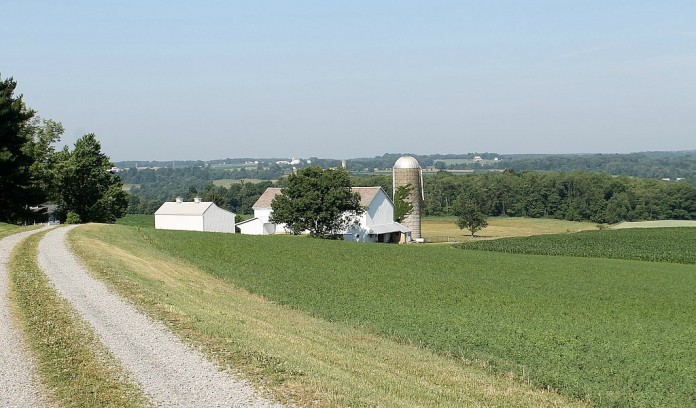SALEM, Ohio — The Ohio Senate Ways and Means Committee heard additional support for a bill that would reform the way farm property taxes are calculated.
The Ohio Cattlemen’s Association, The Nature Conservancy, the Ohio Conservation Federation and Ducks Unlimited all testified in favor of S.B. 36 during a committee hearing March 1, at the Statehouse.
The bill calls for the elimination of certain “non-agricultural” factors from the Current Agricultural Use Value formula, better known as CAUV. And it also calls for approved conservation ground to be taxed at the minimum values.
No crop produced
Proponents argue that land taken out of production — and devoted to specific conservation practices — should not be taxed as though it were producing a crop.
“Why would any landowner want to install conservation practices like riparian areas, restore wetlands, or keep a woodlot intact if taxes keep going up…” asked Matt Misicka, president of the Ohio Conservation Federation, in written testimony.
The Nature Conservancy said conservation is going to be a key component in helping correct the state’s water quality problems, and that the current formula “discourages farmers and landowners” from engaging in additional conservation.
Frank Phelps, the immediate past president of the Ohio Cattlemen’s Association, said the problem has to do with economics, and conservation. He reminded lawmakers that the current formula led to a tax increase of 300 percent, which hurt crop farmers as well as livestock producers.
More accurate formula
A Logan County beef producer, Phelps said the bill would eliminate equity buildup and market appreciation from the formula — resulting in a more accurate, farm-income-based formula.
Phelps also echoed sentiments of the Ohio Farm Bureau and Ohio Farmers Union, which testified in the previous hearing, Feb. 22, saying that higher CAUV taxes are hurting voter support for school levies.
He wrote, in his testimony, that if the tax burden were reduced, “rural districts would be able to support more levies.”
No opponents submitted testimony for the March 1 hearing, but opponents and interested parties were invited to do so at the March 8 hearing.
Last year, a similar bill heard by the same committee drew criticism from some county auditors and school boards — because they feared the changes would bring about a tax shift that would affect residential property owners.
Cost to schools
The Ohio Legislative Service Commission, a nonpartisan agency which analyzed the bill, found that the bill could cost school districts $18 million or more a year, and also cost local governments $19 million or more.
But proponents have also noted that the fiscal analysis assumed all counties would go to the new CAUV values at one time, when in fact, the changes would be phased in on the three-year rolling basis currently in use for property tax revaluations.
The last hearing was scheduled for March 8, the same day Farm and Dairy prints. You can follow the bill’s progress online at www.ohiosenate.gov/committee/ways-and-means, and search for S.B. 36.












